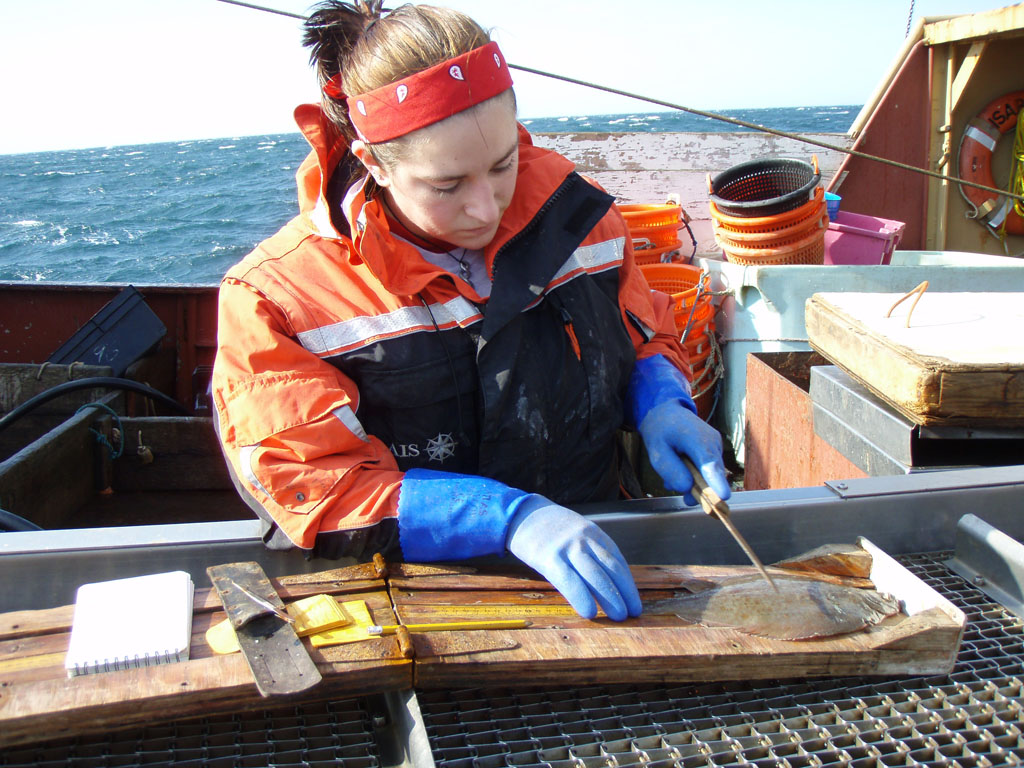The Supreme Court has declined to take on New Hampshire fishermen David Goethel’s case challenging NMFS’ decision to force fishermen to bear the costs of a required at-sea monitoring program.
“The Supreme Court was our last judicial hope to save the centuries-old New England industry,” Goethel, a 2004 NF Highliner, said in a statement.
Goethel filed the suit in December 2015. He’s since been joined by the Northeast Fishery Sector 13, which represents fishermen from Massachusetts to North Carolina.
Th cost of at-sea monitoring, estimated to be about $700 per day a monitor is required, was officially relegated to groundfishermen on March 1, 2016, and the industry has been fighting against it since.
The lawsuit was first rejected by U.S. District Court Judge Joseph Laplante in July 2016, and a First U.S. Circuit Court of Appeals panel in Boston affirmed that ruling in an appeal this spring.
According to Cause of Action Institute — a conservative legal group in Washington, D.C., representing Goethel — the lawsuit has been rejected on a technicality, not merit. The original lawsuit was filed well after a 30-day deadline for challenging the regulation.
“We had three chances, and not once was our case decided on the merits,” Goethel said in an interview with the Gloucester Daily Times. “I’m bitterly disappointed with the government, and I’m bitterly disappointed with the justice system. At each step of the way, our fate was decided by a technicality without ever having a hearing on the merits of the case.”
Goethel’s petition to the Supreme Court questioned whether an email setting a date certain for regulated entities to incur costs qualifies as an “implementing action” under Section 1855(f)(2) of the Magnuson-Stevens Act.
“Our clients deserve an opportunity to be heard on the merits,” said Julie Smith, Cause of Action Institute’s vice president, in a statement at the time the petition was sent. “Fishermen who have done nothing wrong should not be put out of business by an unlawful regulation.”
In 2016, NMFS reimbursed 85 percent of fishermen’s monitoring costs. That dropped to 60 percent in 2017. There has been no announcement whether the agency will reimburse fishermen for costs in 2018.







